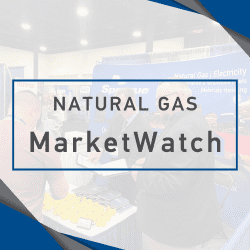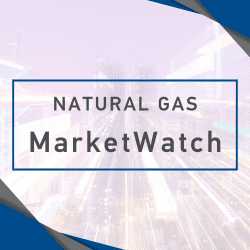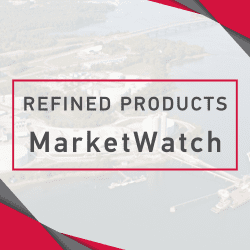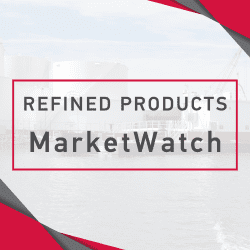Recap: Oil futures ended lower on Thursday, putting a break on the rise in prices that began at the unset of the new year. Prices were on the rise as investors placed bets that demand would not be hindered by the spread of the Omicron variant of coronavirus while economic growth in North America and Europe remains robust. However, the significant increase in U.S. gasoline inventories last week raised concern that the spread of Omicron is indeed impacting demand, even as domestic crude oil supplies stand at their lowest since 2018. Not even weakness in the U.S. dollar supported prices during the trading session. February WTI fell 52 cents, or 0.6%, to settle at $82.12 a barrel, while Brent for March lost 20 cents, or 0.2%, to settle at $84.47 a barrel. February RBOB fell 0.3% to $2.384 a gallon and February heating oil added 0.6%, to $2.609 a gallon.
Technical Analysis: Thursday’s drop in oil prices should not come as a shock, as this market has gotten a bit ahead of itself. As of now, we would look for more of a shake out to the downside, with WTI dipping toward the 10-day moving average, where it has fallen to before, only to bounce off of it. This average is currently set at $78.84. Should we get a solid break below the average, we could possibly see this market come down to test the $75 level. To the upside, resistance is set at $83.46 and above that at $85.
Fundamental News: The U.S. Department of Energy said six companies have been named winners in sale of U.S. strategic crude reserves. It said it sold 18.1 million barrels of crude to Valero Marketing and Supply, Phillips 66, Motiva Enterprises, Marathon Petroleum, Gunvor USA and Exxon Mobil. It said Valero bought more than 8 million barrels.
Energy Aspects sees global gasoline demand surpassing pre-pandemic levels this year, with limited downside risk from Covid. It said global gasoline demand is forecast to increase by 920,000 bpd on the year to 26.55 million bpd in 2022, surpassing 2019 levels.
Citi analysts said global oil markets will be in a fragile balance in the first three months of the year but will then move into a structural surplus that will continue over the next seven quarters. It said the recent price rally is due to supply disruptions and improved demand. However, supply disruptions are subsiding as weather-related outages ease.
Morgan Stanley said oil prices will continue to increase in the second half of 2022 on the back of a “triple deficit” of low inventories, low spare capacity and low investment. It sees the price of Brent reaching $90/barrel by the second half of the year.
European refiners are planning to send more diesel than normal to the U.S., where inventories are low and extreme cold temperatures has moved into the Northeast. According to fixture reports compiled by Bloomberg, two relatively large tankers have been provisionally booked to ship more than 1 million barrels combined of ultra-low sulfur diesel to the U.S. East Coast. U.S. import of diesel and gasoil averaged about 53,000 bpd through the first eleven months of 2021, then fell to zero in December.
Meanwhile, European shipments of clean oil products to the Americas, mostly gasoline, have slowed in early January following an increase in December. About 555,000 tons of European clean fuels were shipped to the Americas in the first 11 days of this month. The total for all of December was 2.762 million tons. Shipments for January are likely to increase, with 22 tankers provisionally booked to load 943,000 tons in the coming days, with a few more cargoes likely to emerge for the month.
Early Market Call – as of 9:20 AM EDT
WTI – Feb $82.65, up 53 cents
RBOB – Feb $2.4053, up 2.12 cents
HO – Feb $2.6226, up 1.41 cents
View the Sprague Refined Products Market Watch Report in a downloadable pdf format by clicking below.
Click to view more online:
Heating Oil Supplier
Diesel Supplier
View market updates
View our refined products glossary
Go to SpraguePORT online










